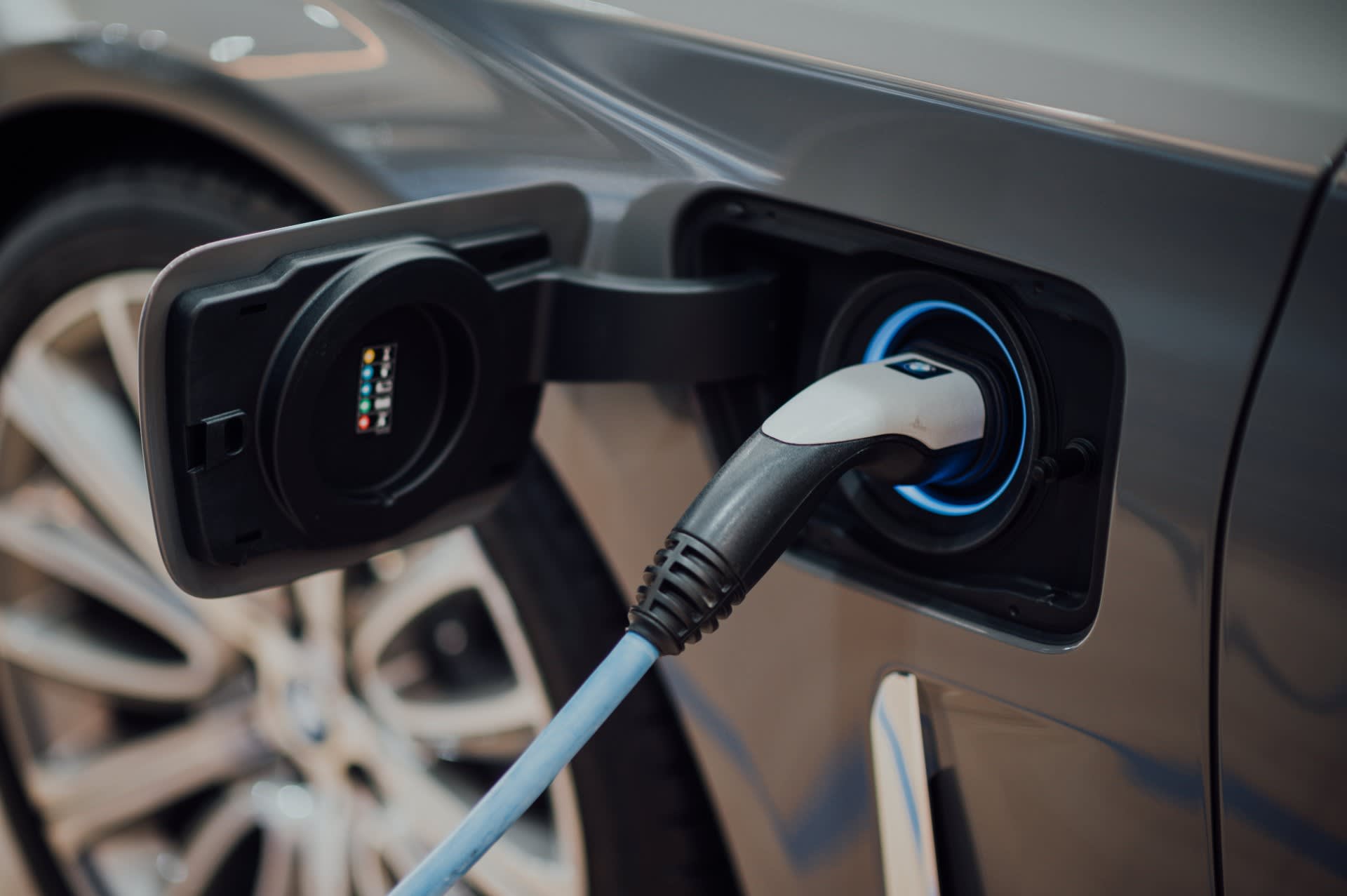What is Vehicle to Grid charging?
When selling new petrol and diesel vehicles stops after 2030, electric vehicles (EVs) are likely to become the norm. EV sales and registrations are already climbing year-on-year.
Organisations with sizeable fleets (e.g. for sales or maintenance) or high levels of vehicle traffic (e.g. out-of-town retailers) should start thinking about the impact of these upcoming changes. In the first scenario, it means electrifying fleet vehicles. In both cases, it involves creating a suitable EV charging infrastructure.
While EVs offer the chance to shift to cleaner transport, there’s another way to think about them. At Drax, we’re looking at EVs as electric assets that can transform how organisations use energy, and supercharge sustainability agendas, through Vehicle to Grid (V2G) technology.

What does V2G mean?
V2G is another way of talking about bi-directional charging: the two-way flow of energy from grid to vehicle, or vehicle to grid.
With V2G, EVs can draw power from the energy network but also send power back when the grid needs it. This turns EVs into miniature, mobile power stations – with many potential benefits.
As renewable generation now makes up a greater share of the energy mix, the network has a higher percentage of clean and low-cost electricity available. It’s possible for EVs to act as stationary batteries, storing this power before sending it back to the grid - when demand is higher, for example. This means EVs can offer grid and price stability. This short video summarises V2G:
How can V2G benefit your organisation?
Historically, fleet vehicles have generated revenue only while operational. What V2G technology offers, in principle, is the opportunity for fleets to generate revenue in their downtime too.
Most cars - including commercial fleets - are unused for 12 or more hours each day. V2G technology means you can charge your fleet when energy prices are low: either overnight, or when there’s lots of renewable energy on the network.
When the grid’s under stress from high demand, your bi-directional charger can send power back to the network. Providing stored renewable energy instead of relying on fossil fuels can help to reduce the carbon intensity of the network. Your organisation may also be able to generate additional revenue by providing grid stability services.
When you choose Drax as your EV partner, we’ll optimise your charging schedule so you can charge your fleet at the best time for the lowest cost. We’ll also help you explore the commercial viability of delivering system stability services.
We’re in the driving seat
We’ve recently installed a V2G charger at our Ipswich office to help develop our understanding of the operational and technical feasibility – and benefits – of such technologies. The site also has LED lighting, solar panels and battery storage; it’s what we expect the average commercial property to look like within the next 10 to 15 years.
By trialling these technologies in tandem, we’re beginning to understand how they can work together. And everything we learn will help us support our customers - now, and in the future.
To find out more about our electric vehicle solutions, contact our EV team today.
Get in touch todayDisclaimer
We’ve used all reasonable efforts to ensure that the content in this article is accurate, current, and complete at the date of publication. However, we make no express or implied representations or warranties regarding its accuracy, currency or completeness. We cannot accept any responsibility (to the extent permitted by law) for any loss arising directly or indirectly from the use of any content in this article, or any action taken in relying upon it.


